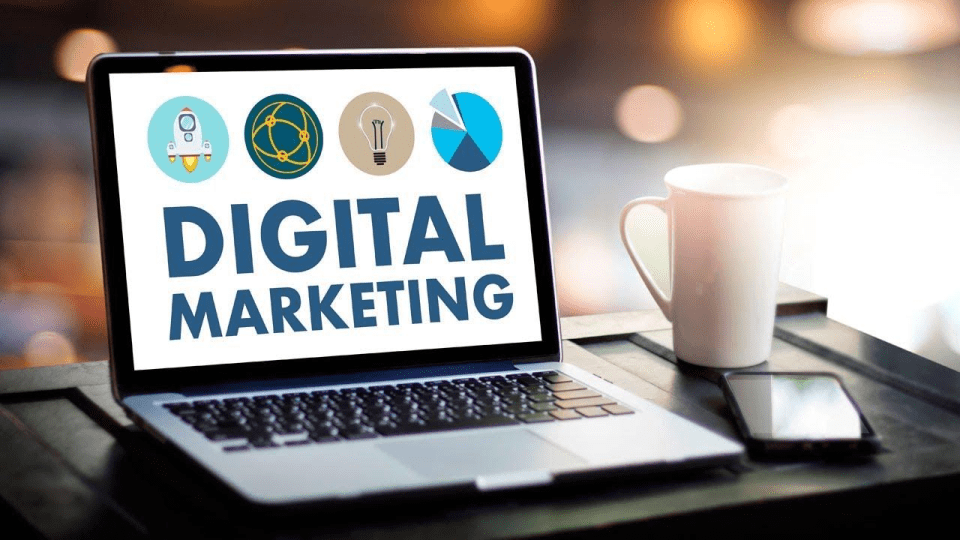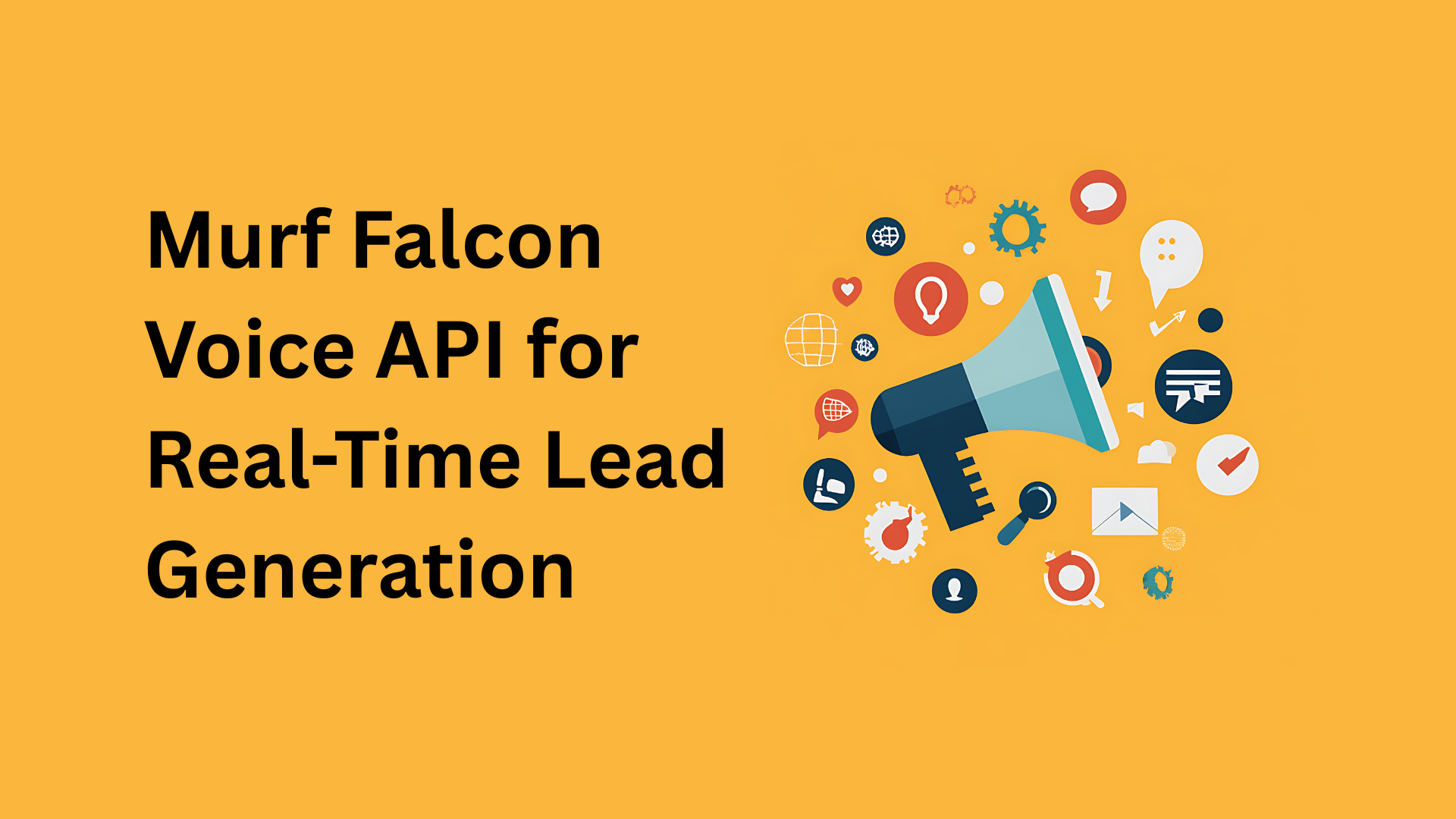The Anatomy of a High-Converting Email Campaign
In today’s competitive digital landscape, email marketing remains one of the most effective tools for building strong customer relationships and driving conversions. However, creating an email campaign that truly resonates with your audience and motivates them to take action requires more than just a catchy subject line or a compelling offer.
It requires a well-structured approach that blends psychology, design, and data-driven strategies. The anatomy of a high-converting email campaign involves several key elements, from the initial goal-setting phase to post-campaign analysis.
Each component plays a vital role in ensuring that your message not only reaches the inbox but also encourages recipients to open, engage with, and ultimately act on your call-to-action.
In this guide, we’ll explore the critical elements of an email campaign that maximizes its potential for conversions. By focusing on personalization, persuasive messaging, design, and strategic timing, you can increase the likelihood that your email stands out in a crowded inbox and drives meaningful results.
Whether you’re looking to boost sales, generate leads, or simply strengthen brand awareness, mastering the anatomy of a high-converting email campaign is essential for achieving your marketing goals.
Defining Clear Campaign Goals
Defining clear campaign goals is the first and most crucial step in creating a high-converting email campaign. Without a well-defined objective, the campaign can lack focus, leading to poor engagement and low conversion rates.
The first task is to identify what you want to achieve. Common goals for email campaigns include driving sales, increasing sign-ups, promoting a new product or service, boosting engagement, or enhancing brand awareness. It’s essential to select a goal that aligns with your overall marketing strategy.
Next, understand your target audience. Segment your email list based on relevant criteria such as demographics, purchase history, or user behavior. Tailoring your message to specific segments increases the likelihood of your content resonating with recipients. For example, a discount campaign might target previous customers, while a new product announcement could be sent to prospects who have shown interest in similar items.
Additionally, set measurable objectives for your campaign, such as a specific open rate, click-through rate, or conversion rate. This allows you to evaluate the success of the campaign and make necessary adjustments.
Finally, ensure your goals are realistic and time-bound. Setting clear, achievable goals with a defined timeline will help keep your campaign focused and ensure that efforts are aligned toward achieving specific outcomes.
Crafting a Compelling Subject Line
The subject line is the first thing recipients see, making it crucial for email open rates. A strong subject line should immediately capture attention and encourage the reader to open the email. To craft an effective subject line, consider the following strategies:
Keep it concise: Aim for 6-10 words to ensure it's fully visible on mobile devices. Short, clear subject lines are easier to scan.
Create urgency or curiosity: Phrases like “Limited time offer” or “Don’t miss out” can instill a sense of urgency. Alternatively, sparking curiosity with an intriguing question or statement encourages the recipient to learn more.
Use personalization: Including the recipient's name or other personalized elements, like location or recent purchase, can make the email feel more relevant and engaging.
Highlight value or benefits: Focus on what the recipient will gain by opening the email, whether it's an exclusive discount, valuable information, or a time-sensitive offer.
Avoid spammy words: Words like “free,” “buy now,” or “guaranteed” can trigger spam filters, causing your email to land in the junk folder. Keep the tone authentic and relevant.
Test and optimize: Use A/B testing to experiment with different subject lines, analyzing open rates to determine which approach resonates best with your audience.
Personalization and Segmentation
Personalization and segmentation are crucial strategies for creating high-converting email campaigns. Personalization involves tailoring the content to the individual recipient based on their preferences, behaviors, and past interactions with your brand.
This can include simple tactics like addressing the recipient by name or offering personalized product recommendations based on previous purchases. Personalized emails are more likely to capture attention, foster engagement, and drive conversions because they resonate with the recipient’s unique needs and interests.
Segmentation, on the other hand, involves dividing your email list into smaller groups based on specific criteria such as demographics, behavior, location, or engagement history.
By segmenting your audience, you can send highly targeted emails that speak directly to the needs of each group. For example, industries using Healthcare live chat can leverage segmentation to follow up with patients based on chat history, inquiries, or previous engagement.
The combination of personalization and segmentation enables brands to create more relevant, timely, and compelling email campaigns. Dynamic content, which adjusts based on the recipient's data, can further enhance the user experience by delivering more specific offers and messages. Together, these strategies improve open rates, click-through rates, and overall campaign success.
Engaging Email Copy
The success of an email campaign largely depends on the quality of its copy. To capture the reader’s attention and drive action, the copy should be clear, concise, and compelling. This is especially true for cold emails, where you only have a few seconds to make a strong first impression.
Start with a strong opening sentence that immediately communicates value and resonates with the recipient’s needs or pain points. Focus on the benefits of your offer, not just the features. Instead of simply listing what you’re selling, explain how it improves the reader’s life or solves a problem they face.
A conversational tone helps establish a connection, making the email feel personal and less like a sales pitch. Use simple, direct language, and avoid jargon or long-winded sentences that could cause confusion or disengagement. Highlight key points by using short paragraphs, bullet points, or bold text to make the copy scannable. Use AI copyrighting tools to edit and fine tune your copy. The simpler you keep it, the better it will work.
Incorporate storytelling to make the email more engaging. Sharing a customer success story or using relatable scenarios can evoke emotions and drive trust.
Create a sense of urgency or exclusivity without sounding pushy. Phrases like "limited-time offer" or "exclusive deal" encourage immediate action. Always end with a strong call to action (CTA) that clearly tells the reader what to do next, whether it's making a purchase, signing up, or learning more.
Effective Email Design and Layout
The design and layout of an email play a crucial role in user engagement and conversion. A clean, visually appealing, and user-friendly design ensures that the message is conveyed effectively and encourages recipients to take action.
Responsive Design: Given the growing use of mobile devices, emails must be optimized for all screen sizes. A responsive design ensures that images, text, and buttons automatically adjust for easy reading and interaction on any device.
Visual Hierarchy: A well-organized email layout uses visual hierarchy to guide the reader’s eye through the content. Key elements like the subject line, introductory sentence, and call-to-action (CTA) should stand out, while secondary information can be placed in smaller fonts or less prominent sections.
Compelling Imagery: High-quality images or graphics can enhance the message, making it more visually appealing and engaging. However, avoid overcrowding the email with too many visuals, as this can distract from the main goal. Keep images relevant to the content and brand. Incorporating professional event photography can also elevate the quality of your visuals, especially for campaigns highlighting special occasions or company milestones.
Clear and Simple CTAs: The call-to-action should be prominent, easy to locate, and action-oriented. Use buttons with contrasting colors to make them stand out and encourage clicks.
Brand Consistency: Ensure your email aligns with your overall brand identity, using consistent colors, fonts, and logos, to build brand recognition and trust.
Strategic Call-to-Action (CTA)
The Call-to-Action (CTA) is one of the most critical components of a high-converting email campaign, as it directly influences the recipient's next step. An effective CTA prompts the reader to take immediate action, whether it's making a purchase, signing up, or engaging with additional content.
To design a strategic CTA, consider these key elements:
- Clear and Action-Oriented Language: Use strong, direct verbs such as “Buy Now,” “Get Started,” or “Learn More.” The wording should leave no doubt about what the recipient needs to do next.
- Urgency and Scarcity: Phrases like "Limited Time Offer" or "Only a Few Spots Left" create a sense of urgency, compelling the reader to act quickly before missing out.
- Visibility and Placement: The CTA should be prominently placed, ideally near the top of the email or after a compelling value proposition. It should stand out visually through color, size, and design, contrasting with the rest of the content without being overwhelming.
- Multiple CTAs: Including a CTA early in the email as well as a reminder toward the end can increase the likelihood of conversion. However, avoid overwhelming the reader with too many options; focus on one primary action.
- Testing and Refinement: Experiment with different CTA text, design, and positioning to determine what resonates best with your audience and yields the highest conversion rates.
Timing and Frequency
Timing and frequency are crucial factors that can significantly impact the success of an email campaign. The right timing ensures your emails reach subscribers when they are most likely to engage, while the appropriate frequency helps maintain interest without overwhelming recipients.
Timing: Understanding when your target audience is most active is key to maximizing engagement. Research shows that certain times of day, like early mornings or late afternoons, tend to have higher open rates.
Additionally, sending emails on specific days of the week, such as Tuesday, Wednesday, or Thursday, often yields better results than Monday or Friday. However, these can vary by industry and audience, so it's essential to test different sending times to find the optimal window for your subscribers.
Frequency: Striking the right balance in how often you send emails is vital to prevent unsubscribes and spam complaints. Too many emails can annoy your audience, while too few can lead to disengagement.
A regular cadence (e.g., weekly or bi-weekly) can help build consistency and trust, but the frequency should align with your content’s value and your audience’s preferences.
Segmenting your list based on engagement levels and sending tailored frequencies can help ensure you’re not overwhelming less-engaged subscribers. Ultimately, testing different timings and frequencies allows you to refine your strategy for maximum conversion.
Testing and Optimization
Testing and optimization are crucial for refining email campaigns and maximizing conversions. By continuously experimenting with different elements of your emails, you can identify what resonates best with your audience.
Start by A/B testing key components like subject lines, email copy, CTAs, images, and design elements. For example, test two different subject lines to see which one leads to a higher open rate.
Similarly, experiment with different CTA phrasing ("Buy Now" vs. "Shop Today") or colors to see which generates more clicks. Conduct these tests with a small portion of your audience, and apply the winning variation to the full list.
Optimization extends beyond A/B testing. Analyze key metrics like open rates, click-through rates (CTR), conversion rates, and bounce rates to assess your campaign’s effectiveness. If open rates are low, it may indicate that the subject line needs improvement; if CTR is low, the copy or CTA might not be compelling enough.
You can also segment your audience further to refine targeting and tailor emails more closely to specific preferences or behaviors. As you collect more data from these tests, use the insights to fine-tune future campaigns, ensuring continuous improvement and better results over time. Regular testing and optimization will help you stay aligned with audience preferences and increase overall campaign success.
Compliance and Deliverability
Ensuring compliance with email regulations and maintaining high deliverability are crucial aspects of a successful email campaign. Compliance refers to adhering to laws and regulations like the CAN-SPAM Act in the U.S. and GDPR in the European Union.
These laws require marketers to get explicit consent before sending promotional emails, provide easy opt-out mechanisms, and safeguard customer data. For instance, CAN-SPAM mandates a clear unsubscribe option in every email, while GDPR emphasizes the need for transparency on how personal data is collected and used. Violating these laws can result in hefty fines and damage to brand reputation. You can use the Sender Policy Framework (SPF) protocol to prevent email spam and phishing.
Deliverability focuses on ensuring that your emails land in recipients’ inboxes, rather than being diverted to spam folders. This can be influenced by several factors, including your sender reputation, email content, and the frequency of sending.
To improve deliverability, maintain a clean, engaged email list by removing inactive subscribers and handling bounce-backs promptly. One effective way to ensure your list quality is by using an email validation tool to detect invalid or risky email addresses before sending. Implementing proper authentication methods (e.g., SPF, DKIM, and DMARC) ensures that your emails are not flagged as spam. Use a DMARC record generator to streamline the process of securing your email communications.
Additionally, avoiding spammy language in subject lines and email body content, such as excessive use of exclamation marks or all-caps, helps prevent triggering spam filters. Regular monitoring of email performance metrics, such as open rates and bounce rates, can help identify potential deliverability issues.
Analyzing Campaign Performance
Analyzing the performance of your email campaign is crucial for understanding its effectiveness and identifying areas for improvement. Start by tracking key performance metrics:
Open Rate: This metric indicates how many recipients opened your email. A low open rate could suggest an unappealing subject line or poor timing.
Click-Through Rate (CTR): This measures how many people clicked on a link within your email, often leading to a landing page. It’s a good indicator of how engaging your content and call-to-action (CTA) are.
Conversion Rate: This tracks how many recipients completed the desired action (e.g., made a purchase or signed up for a webinar). High conversion rates suggest your email effectively motivates readers to act.
Bounce Rate: A high bounce rate could indicate issues with email deliverability or a poor-quality email list. Cleaning up your list regularly can improve this metric.
Unsubscribe Rate: This shows how many recipients opted out of receiving future emails. A high unsubscribe rate may point to irrelevant content or over-sending.
To gain deeper insights, use A/B testing to compare different email versions (subject lines, copy, CTAs, etc.). Leverage email marketing tools (e.g., Mailchimp, HubSpot) to analyze these metrics. Continuously refine your strategy based on the data to optimize future campaigns for better results.
Conclusion
In conclusion, crafting a high-converting email campaign involves a thoughtful combination of strategy, creativity, and continuous optimization. Every element, from selecting the right email templates to defining clear campaign goals and analyzing post-campaign performance, plays a crucial role in achieving success.
Personalization, segmentation, and compelling copy are essential to engaging the right audience with relevant content, while eye-catching design and effective CTAs drive recipients to take action.
Timing, frequency, and A/B testing ensure that your message reaches subscribers when they're most likely to engage, while optimization through data analysis helps refine and enhance future campaigns.
Compliance with regulations and maintaining high deliverability rates are key to ensuring that your emails reach the inbox and respect user privacy. By regularly evaluating your campaign's performance and learning from both successes and failures, you can continue to improve and refine your approach, ensuring your email campaigns remain effective and aligned with your goals.
With the right balance of strategy, creativity, and testing, your email campaigns can deliver impactful results that not only meet but exceed expectations, driving conversions and building stronger relationships with your audience.







